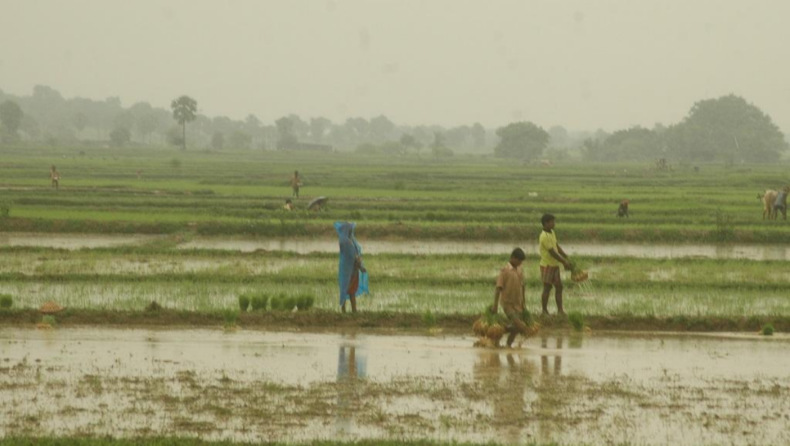
Rice output in the country may suffer due to the poor monsoon development in June. Farmers have been forced to postpone sowing due to the monsoon’s delayed progress.
- The slow development of the monsoon in June harmed Kharif sowing.
- Reasons why the importance of July showers is more significant than ever.
Rice output in India, the world’s second-largest producer, may suffer due to poor monsoon development in June, which was 8% below average. This has pushed farmers in several regions of the nation to postpone sowing.
Read more: Fashion Tips and Styles for Monsoon
Along with rice, the area covered by several other Kharif crops, particularly oilseeds, has fallen compared to the previous year, according to the Agriculture Ministry’s most recent weekly area coverage statistics. Sowing acreage for Kharif crops fell by more than 5% compared to the previous year, while rice had a 27% decline as of July 1.
The cumulative rainfall from June 1 to 30 is exactly 1% less than the LPA. Only 15 of the 36 subdivisions got average rainfall between June 1 and July 3, 2022. The delay in monsoon progression in the first two weeks of June delayed Kharif’s sowing progress.
According to the most recent planting statistics, a bad monsoon in growing areas may restrict rice output. Rice prices have been constant thus far. However, any decrease in harvesting might raise domestic and worldwide prices. Many countries are currently exploring alternatives to expensive wheat.
According to new data, the pre-monsoon season from March to May 2022 received 1% less rainfall than the Long-Term Average (LPA). However, there has been relatively little rainfall in the central and northwest Indian areas.
As of June 24, India’s 2022 23 Kharif sowing was down 38.64 percent. In its most recent assessment, the Indian Meteorological Department (IMD) forecasts that a strong period of rainfall will continue throughout the west coast for the next 3-4 days. The weather service also predicted that enhanced rainfall activity will be prevalent throughout Northwest and Central India beginning June 27th.
The Kharif sowing season has been hampered by a dry spell and heavy rains in the Northeast. Sowing continues throughout the rest of the country. The monsoon has been delayed in Odisha, Gujarat, Maharashtra, and Karnataka due to high heat waves.
As a result, sowing activities have been modified, resulting in a slower start in the planted area. Cotton plantings totaled 3.18 million hectares, down from 3.73 million hectares the previous year.
Despite pandemic fears, India’s agriculture industry was one of the few to exhibit significant growth. Experts expected India’s agricultural growth rate to be near 3.9 percent in FY 2022-23, above the 2021-22 growth rate of roughly 3.6 percent.













